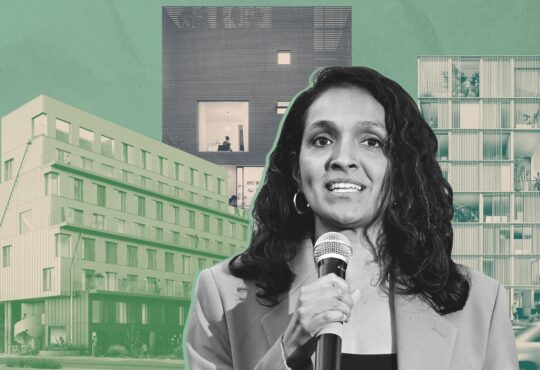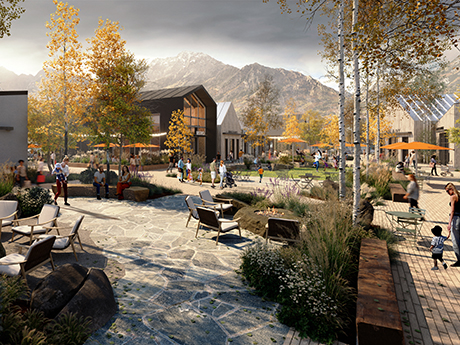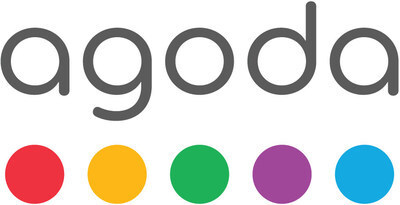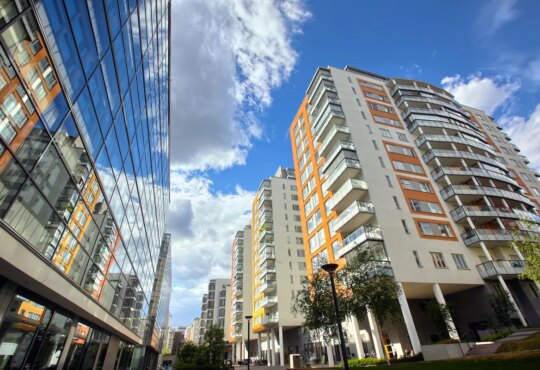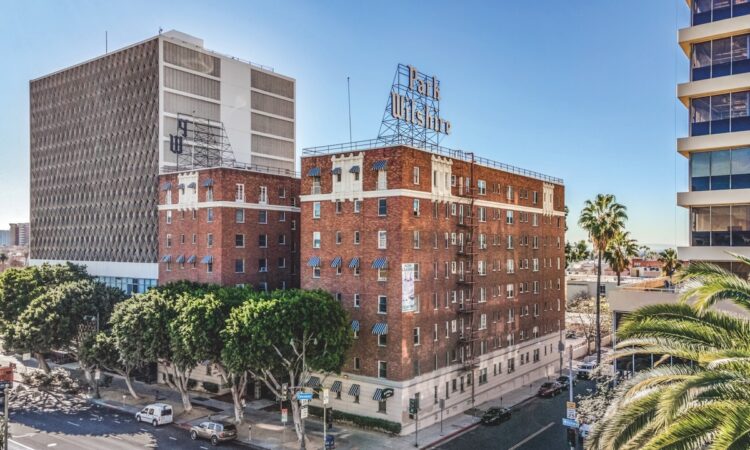
Los Angeles’ multifamily market saw occupancy fall 40 basis points year-over-year, while rent prices took a slight 0.2% dip quarter-over-quarter, according to Colliers’ third-quarter data.
Yet some capital markets experts expect to see a turnaround.
Despite the slips, Kitty Wallace, a senior executive vice president with a focus on multifamily at Colliers, said L.A.’s multifamily market is faring a bit better than the U.S. overall – comparing L.A.’s 94.9% occupancy to 93.2% nationwide.
Rather than a result of “fundamental issues,” she sees this decrease as a reflection of supply and demand, also noting a snag in population growth because of the recent ICE raids in Los Angeles.
Two of the submarkets dragging down L.A.’s overall stats are downtown and Hollywood/Mid-Wilshire, which have 92.9% and 94.1% occupancy rates, respectively. Wallace attributes these lags to overbuilding.
Before the pandemic, there were largescale revitalization efforts happening downtown in the multifamily sector. However, when the Covid-19 pandemic hit and downtown’s attractions – such as restaurants, The Broad Museum, the L.A. Philharmonic, the former Staples Center and the like – shut down, people weren’t as interested.
“Downtown didn’t come back and all that brand new product had just been built,” Wallace said, adding that Hollywood and Koreatown also experienced this phenomenon to a degree.
Because of some hesitation surrounding new construction resulting from both Measure ULA and pressures from market uncertainties, Wallace anticipates occupancy rates will eventually rise in these areas as less projects take off.

Last quarter, 2,554 units worth of multifamily construction broke ground along with 5,292 units delivered, Colliers reported. “That’s a good amount for Los Angeles, honestly,” Wallace said.
Nevertheless, moving forward she predicts new construction will plummet. She also doesn’t expect all of those new units will end up getting built to completion, noting that many of her clients are looking to back out of developments that are already entitled and ready to kick off.
Without much new construction on the horizon and taking into account the time it takes to build multifamily in L.A., those who do start a new project right now could see a good return on investment, Wallace said.
“If you’re breaking ground today and your property is (delivered) in 18 months to 36 months, that’s when all of the entitlements that are here are going to be usurped,” she said. “And for all those units, the absorption will have taken place, and our rents are going to skyrocket.”
One result of the current flat-rent trend, which shows 1% or lower rent growth since 2023, is an increase in converting market-rate multifamily into naturally occurring affordable housing.
“Because the rental market has been soft, we’re seeing these NOAH conversions … but in two years when these rents are going to be through the roof, no one will be doing those conversions anymore,” Wallace said. At that point, the need for new affordable housing will increase further.
In areas with greater occupancy right now, there hasn’t been a lot of development activity. The submarkets with the highest occupancy – South L.A. (96.8%), South Bay (96%) and East L.A. (96%) – all had the least amount of new supply in the third quarter.
Additionally, areas like Marina del Rey, Mar Vista, West Hollywood, Los Feliz, Silver Lake and Echo Park are doing well because they’ve earned themselves a “cool, hip” reputation, Wallace said.
Meanwhile, sales volume in quarter three reached nearly $1.9 billion, up 40% from the second quarter.
Wallace chalks sales volume fluctuation largely up to the interest rate environment at a given time, pointing to substantial spikes in transactions during Covid-era rate cuts before subsequent drops in 2023.
“Then in January 2024, I recall as soon as the 10-year (yield) went under 400 basis points, people had optimism and the markets started turning,” Wallace said.
The market is seeing the same sort of shift as the Fed made its first rate cut since December about two weeks before quarter three ended.
President Donald Trump’s “One Big Beautiful Bill” also plays a role as it extended the 100% bonus depreciation which was originally supposed to be gradually phased out between 2023 and 2027.
“We’re going to see some more velocity in the fourth quarter and first quarter (of 2026) because the rates are there,” Wallace said, though she made the distinction that people shouldn’t expect highs like we saw in 2021 – which had $4.2 billion in its first quarter – right away. But if there are several more rate cuts, “we’ll definitely see a floodgate open.”


